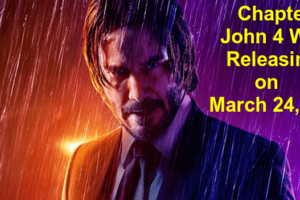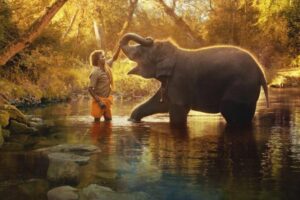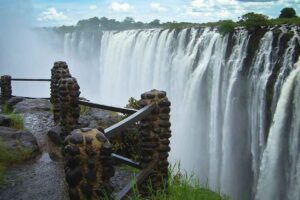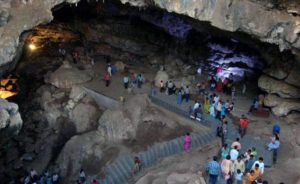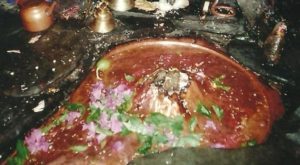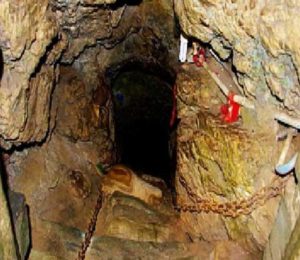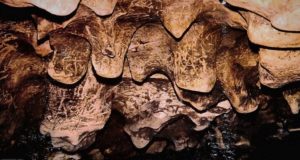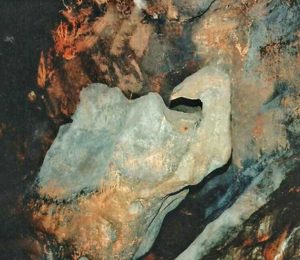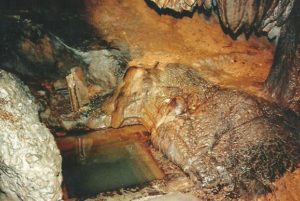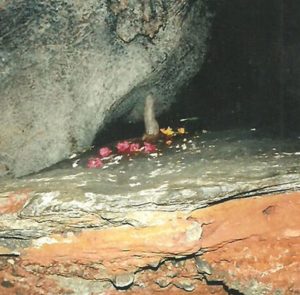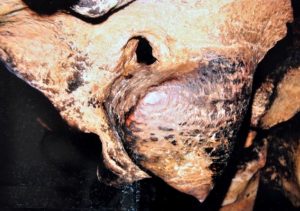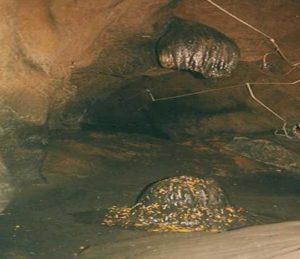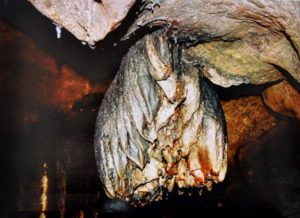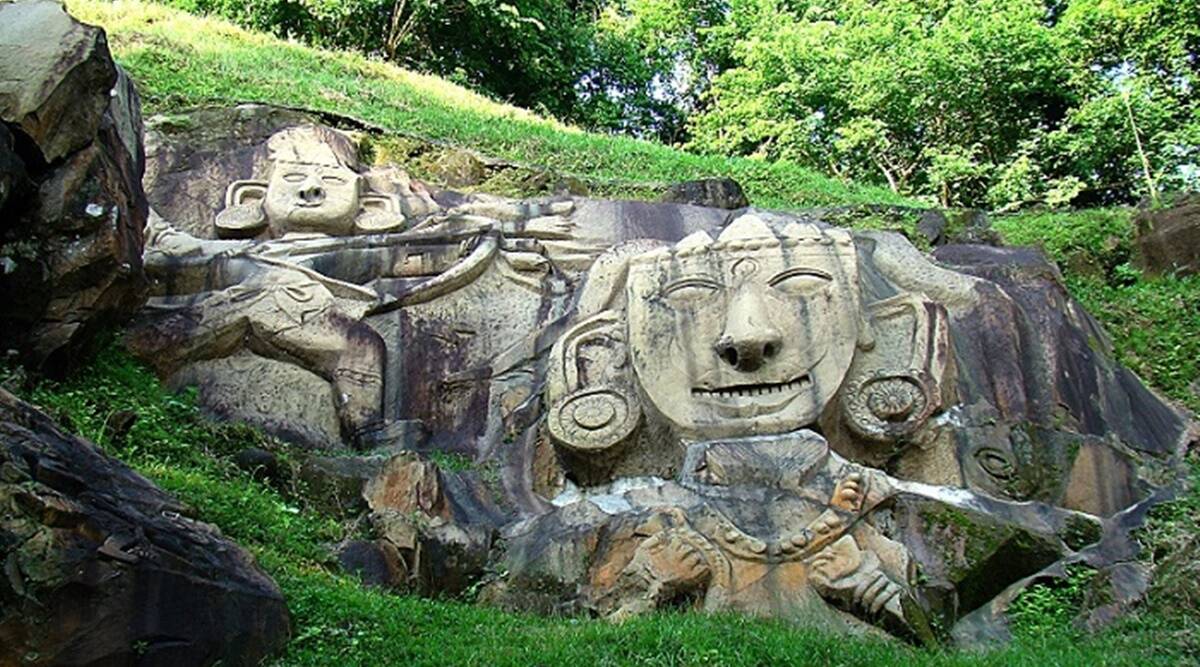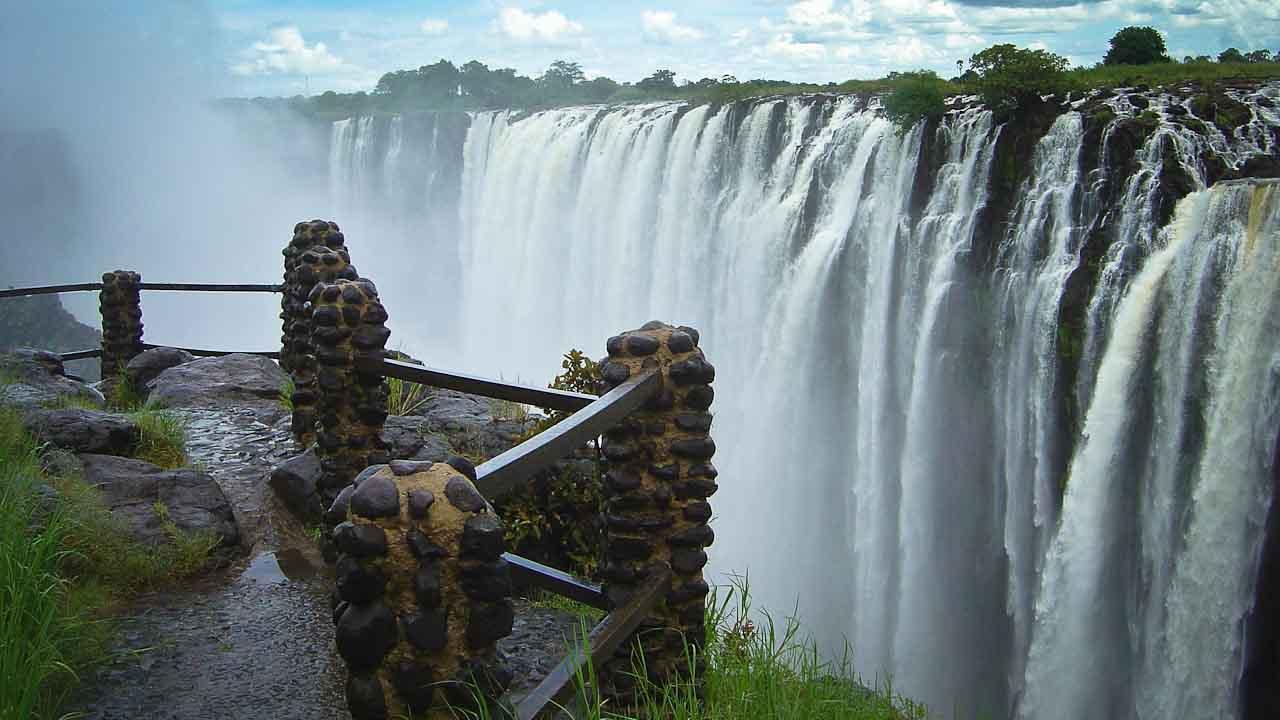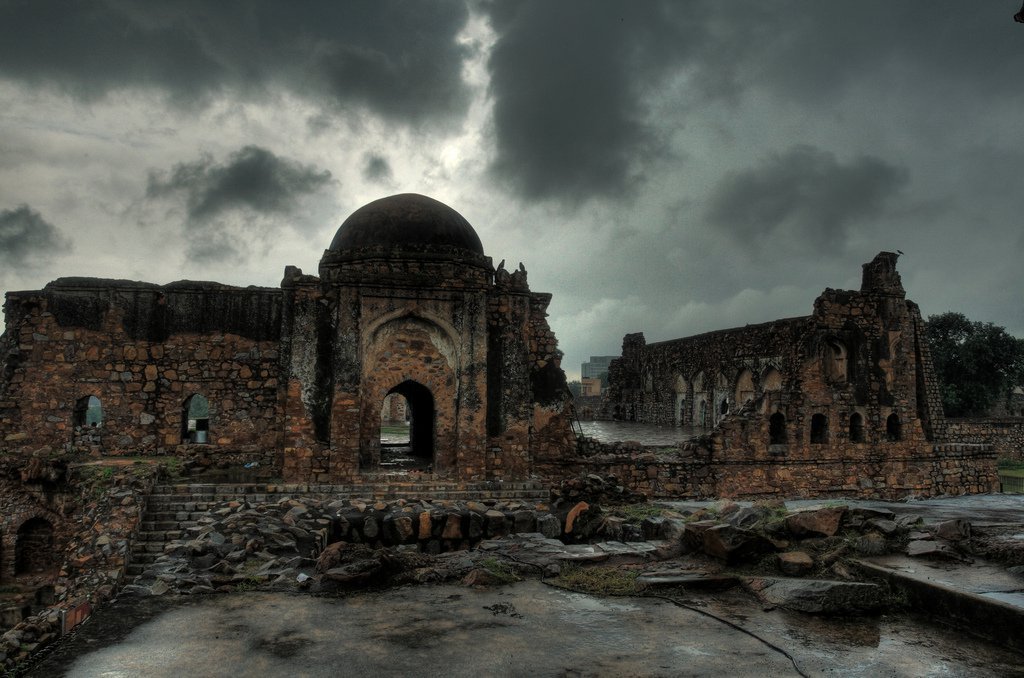Patal Bhuvneshwar Cave in Uttaralkhand state is among the famous tourist spot. It is situated in Pithoragarh district of the state. The lush green area surrounded by pine forest here has a complete series of underground caves. The largest among them is the famous cave with a temple of Lord Shiva inside it. This cave is around 90 feet beneath a huge mountain. This cave known as Pataal Bhuvneshwar is among the mysterious places in India.
The Patal Bhuvneshwar Temple is situated about 160 kilometers away from Almora District while moving from Almora to Sheraghaat in the lush green mountain meadows of Gangolihat town. The picturesque white belt of Himalayan Mountain range nanda Devi, Pancculi, Pindari etc. are visible in the way to Patal Bhuvneshwar.
“Skanda Puraan” one of India’s oldest scripture also depicts each and every stone craft inside and oudsite the cave, make them full of mystery and are hiding a secret in them. As per one belief, Pandava’s came here for penance (Tapasya in Hindi), and this place was rediscovered by Adi Shankaracharya in Kaliyug. The path to the cave is a narrow one, and is about 90 feet below. Underneath the ground a series of caves are there, the seeping water has created number of shapes. The priests of temple copare them with different deities of Hindu religion.
According to Mythology King Rituparna of Sun Dynasty discovered the cave in Treta Yug. It has been stated in Manas Khand of Skand Puran. It is also believed that that the cave is internally connected to the Char Dham. The place was visited by Adi Shankaracharya in 1191 AD. It was the beginning of new pilgrimage history at Patal Buvneshwar.
2. The cave has statues of 33 crore deities of Hindu religion. The temple inside the cave is dedicated to Lord Shiva. It is said that Lord Bramha along with other Gods come here to worship Lord Shiva. The passage to inside the temple is through a narrow stream of natural water.
4. At the entrance to the cave, on the first floor of Pataal, one can get sight of Lord Narsimha. Moving further down naturally carved structure is in the shape of multiple headed Sheshnag. The belief is that earth is resting on it.
7. Moving ahead in the caves, at one place a shape of cow’s tit is visible. It is said to be the tit of Kamdhenu cow through which a continuous stream of water falls over vrishbhesh.
9. The statues of Lord Bramha, Vishnu and Mahesh are also there placed side by side. The real happening which will make you to put your finger in mouth with surprise is that water droplets falls over these statues one by one in sequence , firstly on Bramha then Vishnu and then over Shiv, from a single hole in the roof, the process repeats itself in the same sequence again and again.
11. There is a place which is said to Lord Shiva Bag of fulfilling the wishes. Belief is that if one passes an item made of metal through the hole in the bag, it will make their wish come true.
13. Lotus of 108 Petals was Established by Lord Shiva Here
Just above the symbolizing stone craft of chopped head of Lord Ganesha is a lotus of 108 petals, known as Bramha Kamal. The droplets of water fall over the lord Ganesha, it is believed that this Bramha Kamal was established by Lord Shiva here.
14. The Door of Kaliyug
It is said that earlier there were four doors in the cave taking passage to 4 different directions. The four doors in the cave are known as Paap Dwaar (Door of sin), Yudh Dwaar (door of war), Dharm Dwaar (door of righteousness) and Kartaya Dwaar (door of duty). Out of 4 three doors are closed now, which were associated with some important events of past. The door of Sin was closed after the death of Ravna, the door of War was closed after Mahabharata, and door of Righteousness closed after Yudhistir got nirvana. Only the door of duty is open now, symbolizing that in this era the direction of duty towards the supreme self is the only direction for human beings.
Here Kedarnath, Badrinath and Amarnath have also appeared. In Badrinath, the staues of bari panchayat are there, which includes Yam-Kuber, Varun, Laxmi and Garuda. The shape of Takshak snake also appears in the rocks of cave. Above the Badripanchayat is cave of Amarnath, where number of long hair like rock needles are protruding from the roof, they are believed to be the hair of lord Shiva.Uttarakahand is really the “Land of God”, explore it.Kindly like us, Share us, Follow us and Comment.



